Home>Gardening & Outdoor>Landscaping Ideas>Where To Plant Monkey Grass
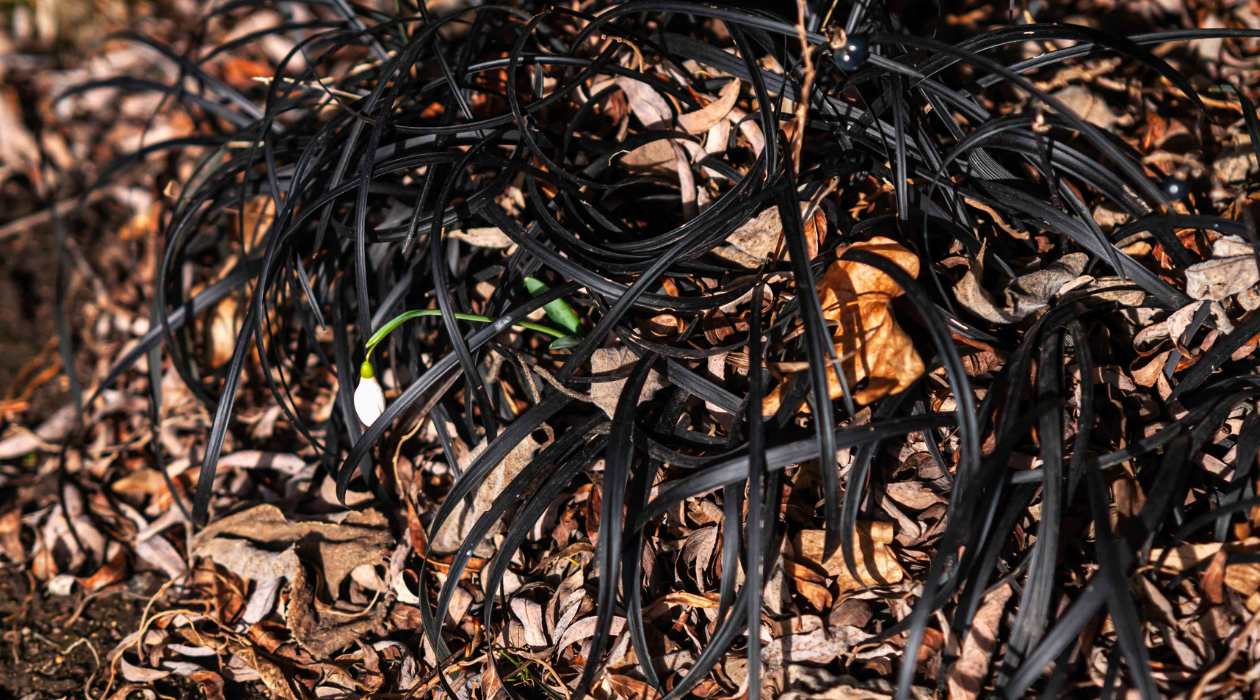

Landscaping Ideas
Where To Plant Monkey Grass
Modified: March 29, 2024
Discover the best landscaping ideas for planting monkey grass in your garden. Find expert tips and advice on where to plant monkey grass for a beautiful landscape.
(Many of the links in this article redirect to a specific reviewed product. Your purchase of these products through affiliate links helps to generate commission for Storables.com, at no extra cost. Learn more)
Introduction
Monkey grass, also known as Liriope, is a versatile and visually appealing plant that can add a touch of elegance to any landscape. With its lush, grass-like foliage and delicate blooms, monkey grass is a popular choice for gardeners and landscapers alike. Whether you're looking to create a border along a walkway, add texture to a flower bed, or fill in a shady area, monkey grass can be the perfect solution.
This resilient plant is well-suited for various climates and can thrive in a range of conditions, making it a valuable addition to any outdoor space. Its adaptability and low-maintenance nature make it an excellent choice for both novice and experienced gardeners. Whether you're aiming to enhance the curb appeal of your home or create a tranquil retreat in your backyard, monkey grass can play a pivotal role in achieving your landscaping goals.
In this comprehensive guide, we will explore the key factors to consider when determining the ideal planting locations for monkey grass. From sunlight requirements and soil conditions to watering needs and maintenance tips, we will delve into the essential aspects of cultivating and caring for this beloved ornamental grass. By the end of this article, you will have a clear understanding of where to plant monkey grass to ensure its optimal growth and visual impact in your outdoor environment.
Key Takeaways:
- Monkey grass can thrive in full sun, partial sun, and shade, making it a versatile and low-maintenance option for various landscaping projects. Its adaptability allows for creating visually captivating outdoor spaces.
- When planting monkey grass, ensure well-drained soil, consistent moisture, and strategic locations such as borders, shaded areas, and erosion-prone spots. With simple maintenance, monkey grass can enhance the beauty and resilience of your landscape.
Read more: When To Plant Monkey Grass
Sunlight Requirements
Monkey grass is renowned for its adaptability to various light conditions, making it a versatile option for landscaping projects. Understanding the sunlight requirements is crucial for determining the most suitable locations to plant monkey grass.
-
Full Sun: Monkey grass can thrive in full sun, which typically refers to at least six hours of direct sunlight per day. In such conditions, the foliage tends to be more compact and vibrant, showcasing its rich green hue. When planted in full sun, monkey grass often produces more prolific blooms, adding a delightful touch of color to the landscape.
-
Partial Sun: Monkey grass also flourishes in partial sun, where it receives around three to six hours of sunlight daily. In these conditions, the plant's growth may be slightly more relaxed, and the foliage could exhibit a slightly lighter shade of green. However, the overall health and visual appeal of the monkey grass remain robust, making it an excellent choice for areas with dappled sunlight or morning/evening sun exposure.
-
Shade: One of the most remarkable attributes of monkey grass is its ability to thrive in shaded areas. Whether it's under the canopy of trees or along the north side of a building, monkey grass can maintain its lush appearance and graceful demeanor in shaded environments. In fact, in regions with intense summer heat, planting monkey grass in shaded areas can help protect it from excessive sun exposure, ensuring its longevity and vitality.
When considering the sunlight requirements for monkey grass, it's essential to assess the specific conditions of the planting site. By understanding the nuances of sunlight exposure, you can strategically incorporate monkey grass into your landscape, leveraging its adaptability to create visually captivating and sustainable outdoor spaces.
Soil Conditions
The soil conditions play a pivotal role in the successful cultivation of monkey grass. Understanding the specific soil requirements can significantly impact the plant's growth, resilience, and overall visual appeal. Monkey grass is known for its adaptability to different soil types, making it a versatile choice for a wide range of landscapes. Whether your soil is sandy, loamy, or clay-based, monkey grass can thrive with the right care and attention.
Well-Drained Soil: Monkey grass thrives in well-drained soil, which allows excess water to flow away from the roots, preventing waterlogging and potential root rot. When planting monkey grass, it's essential to ensure that the soil has adequate drainage to maintain the plant's health and vitality. If the soil in your chosen planting area has poor drainage, amending it with organic matter or creating raised beds can help create a more favorable environment for monkey grass to flourish.
pH Levels: The pH level of the soil is another critical factor to consider when cultivating monkey grass. This plant prefers slightly acidic to neutral soil, with a pH range of 5.5 to 7.0. Testing the soil's pH can provide valuable insights into its composition, allowing you to make informed decisions about soil amendments and fertilization. By ensuring that the soil pH aligns with monkey grass's preferences, you can create an optimal growing environment that supports the plant's long-term health and vibrancy.
Soil Composition: Monkey grass can adapt to various soil compositions, including sandy, loamy, and clay soils. However, amending the soil with organic matter, such as compost or well-rotted manure, can enhance its texture, fertility, and moisture retention capacity. This proactive approach can create an ideal foundation for monkey grass to establish strong roots and thrive in its new environment.
Moisture Levels: While monkey grass is relatively drought-tolerant once established, it benefits from consistent moisture, especially during the initial stages of growth. Ensuring that the soil maintains adequate moisture without becoming waterlogged is essential for supporting healthy root development and overall plant vigor. Mulching the soil around monkey grass can help regulate moisture levels, reduce weed competition, and contribute to the soil's overall health.
By carefully assessing the soil conditions and taking proactive measures to create an optimal growing environment, you can set the stage for the successful cultivation of monkey grass. Whether you're planting it in a flower bed, along a walkway, or as a ground cover, understanding and addressing the soil conditions can significantly contribute to the plant's resilience and visual impact in your landscape.
Watering Needs
Proper watering is essential for the health and vitality of monkey grass. Understanding the plant's watering needs and implementing a strategic watering regimen can significantly impact its growth and overall visual appeal. While monkey grass is known for its resilience and adaptability, it thrives when provided with consistent moisture, especially during the establishment phase and periods of prolonged drought.
When determining the watering needs of monkey grass, it's crucial to consider the specific environmental conditions, including temperature, sunlight exposure, and soil composition. By tailoring the watering schedule to align with these factors, you can optimize the plant's hydration and promote robust growth.
During the initial planting phase, it's important to provide ample moisture to support the development of strong, healthy roots. Watering newly planted monkey grass deeply but infrequently can encourage the roots to establish themselves in the soil, promoting stability and resilience. Additionally, applying a layer of mulch around the base of the plants can help retain soil moisture, reduce evaporation, and minimize weed growth, contributing to the overall health of the monkey grass.
In regions experiencing prolonged dry spells or high temperatures, regular watering is essential to prevent the soil from drying out excessively. While monkey grass exhibits a degree of drought tolerance once established, consistent moisture can help maintain its lush appearance and vibrant green foliage. Watering in the early morning or late afternoon allows the plants to absorb moisture effectively without the risk of excessive evaporation, ensuring that the water reaches the root zone where it's needed most.
It's important to strike a balance when watering monkey grass, as excessive moisture can lead to root rot and other issues. Monitoring the soil moisture levels and adjusting the watering frequency based on environmental conditions can help prevent water-related stress and promote the plant's long-term health.
In summary, understanding the watering needs of monkey grass and implementing a well-informed watering routine can contribute to the plant's resilience, visual appeal, and overall vitality. By providing consistent moisture, especially during the establishment phase and in challenging environmental conditions, you can nurture thriving monkey grass that enhances the beauty of your landscape.
Planting Locations
When it comes to selecting the ideal planting locations for monkey grass, several factors come into play, including the plant's adaptability to different environments and its visual impact on the landscape. Whether you're aiming to create a lush border, fill in a shaded area, or add texture to a garden bed, understanding the diverse planting locations suitable for monkey grass is essential for maximizing its ornamental value.
-
Borders and Edges: Monkey grass is a popular choice for creating borders and edges along walkways, driveways, and garden beds. Its low-growing, grass-like foliage forms a dense and visually appealing border that delineates different areas within the landscape. When planted along borders, monkey grass adds a touch of elegance and structure, enhancing the overall aesthetic appeal of the outdoor space.
-
Shaded Areas: One of the remarkable attributes of monkey grass is its ability to thrive in shaded environments. Whether it's under the canopy of trees or along the north side of a building, monkey grass maintains its lush appearance and graceful demeanor in shaded areas. This makes it an excellent option for filling in spaces where other plants may struggle due to limited sunlight, adding vibrancy and texture to shaded landscapes.
-
Erosion Control: Due to its spreading nature and resilience, monkey grass is often used for erosion control on slopes and embankments. Its dense root system helps stabilize the soil, preventing erosion and minimizing the impact of rainfall and runoff. Planting monkey grass in areas prone to erosion not only serves a practical purpose but also contributes to the visual appeal of the landscape, creating a seamless and verdant ground cover.
-
Under Trees and Shrubs: The ability of monkey grass to thrive in the dappled shade beneath trees and shrubs makes it an excellent choice for filling in bare spots and adding visual interest to these areas. Its adaptability to varying light conditions allows it to coexist harmoniously with existing vegetation, creating a natural and cohesive look within the landscape.
-
Container Planting: For those seeking to incorporate monkey grass into patio areas, balconies, or outdoor living spaces, container planting offers a versatile and visually appealing option. The graceful foliage of monkey grass cascading from containers adds a touch of greenery and texture to hardscaped areas, infusing them with a refreshing and natural ambiance.
By strategically selecting planting locations that align with the unique characteristics of monkey grass, you can harness its adaptability and ornamental value to enhance the visual appeal and functionality of your landscape. Whether it's defining borders, addressing erosion, or adding greenery to shaded areas, monkey grass offers a myriad of possibilities for creating captivating outdoor environments.
Read more: Why Is Monkey Grass Called Monkey Grass
Maintenance Tips
Maintaining monkey grass is relatively straightforward, thanks to its resilient nature and low-maintenance requirements. By incorporating simple yet effective maintenance practices, you can ensure that your monkey grass remains healthy, vibrant, and visually appealing throughout the growing season. Here are essential maintenance tips to consider:
Regular Trimming:
Periodic trimming is beneficial for managing the growth of monkey grass and maintaining its tidy appearance. Using garden shears or a trimmer, carefully remove any discolored or damaged foliage, ensuring a neat and uniform look. Additionally, trimming the edges of monkey grass borders helps define the landscape features and prevents the plants from encroaching on walkways or neighboring areas.
Weed Control:
While monkey grass is adept at forming a dense ground cover, occasional weeding is necessary to prevent weed competition and maintain the plant's vigor. Regularly inspect the area around monkey grass for any invasive weeds and promptly remove them to minimize interference with the plant's growth. Applying a layer of mulch around the base of the monkey grass can further suppress weed growth and conserve soil moisture.
Fertilization:
Providing the right nutrients can bolster the health and vitality of monkey grass. Applying a balanced, slow-release fertilizer in the early spring can support robust growth and vibrant foliage. Opt for a fertilizer specifically formulated for ornamental grasses, following the manufacturer's recommendations for application rates and frequency. Avoid over-fertilization, as excessive nutrients can lead to lush foliage at the expense of flower production.
Read more: How To Grow Monkey Grass
Division:
Over time, monkey grass may benefit from periodic division to rejuvenate its growth and prevent overcrowding. Dividing mature clumps of monkey grass every few years helps maintain the plant's vigor and promotes new growth. Carefully lift the clumps, divide them into smaller sections, and replant them in suitable locations, ensuring adequate spacing for optimal growth and visual impact.
Pest and Disease Management:
While monkey grass is relatively resistant to pests and diseases, monitoring for any signs of infestation or disease is essential for proactive management. Keep an eye out for common issues such as aphids, scale insects, or fungal infections, and take prompt measures to address them. Regularly inspecting the foliage and maintaining good air circulation around the plants can help mitigate potential pest and disease concerns.
Seasonal Care:
Adapting the maintenance routine to seasonal changes is crucial for the long-term health of monkey grass. In the fall, removing any accumulated debris and dead foliage helps prepare the plants for the winter months. Additionally, providing a layer of mulch around the base of the monkey grass can offer insulation and protection during colder weather. In the spring, assessing the overall health of the plants and addressing any winter damage or discoloration sets the stage for a vibrant growing season.
By integrating these maintenance tips into your landscaping routine, you can nurture thriving monkey grass that enriches the beauty and resilience of your outdoor environment. With a proactive approach to maintenance, you can enjoy the enduring allure of monkey grass while contributing to a visually captivating and sustainable landscape.
Frequently Asked Questions about Where To Plant Monkey Grass
Was this page helpful?
At Storables.com, we guarantee accurate and reliable information. Our content, validated by Expert Board Contributors, is crafted following stringent Editorial Policies. We're committed to providing you with well-researched, expert-backed insights for all your informational needs.
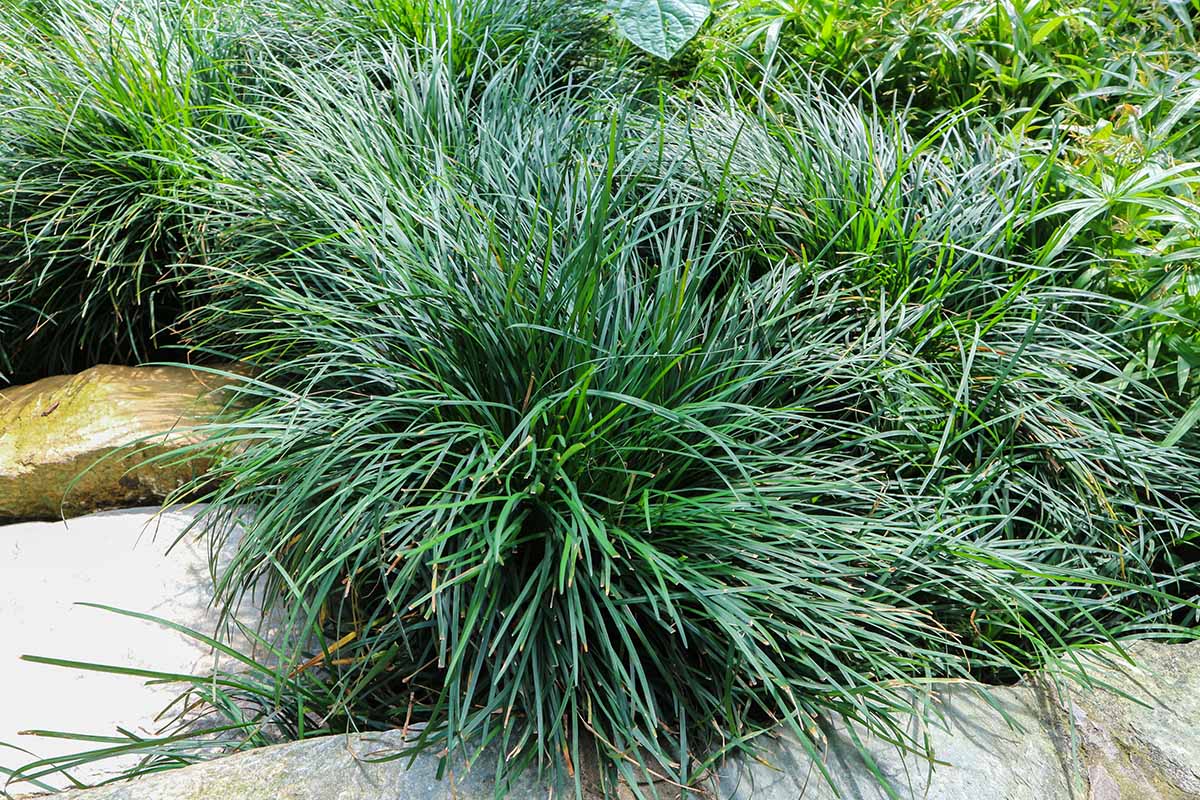
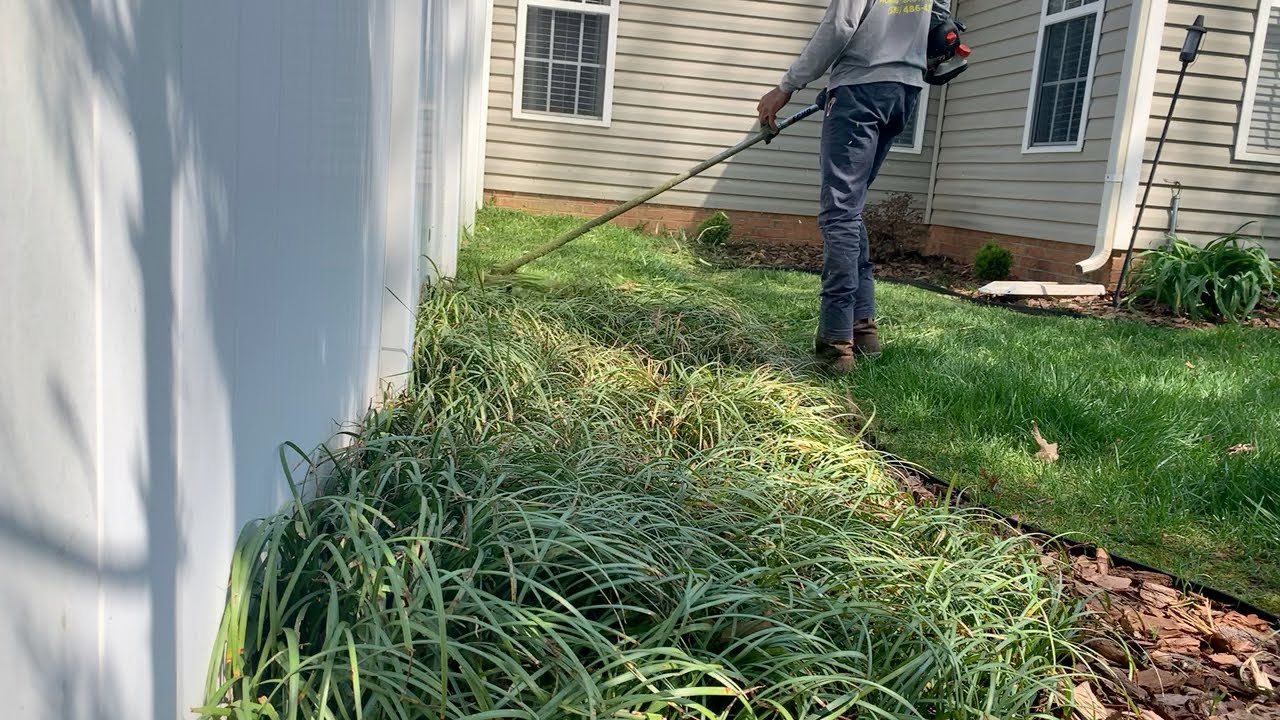
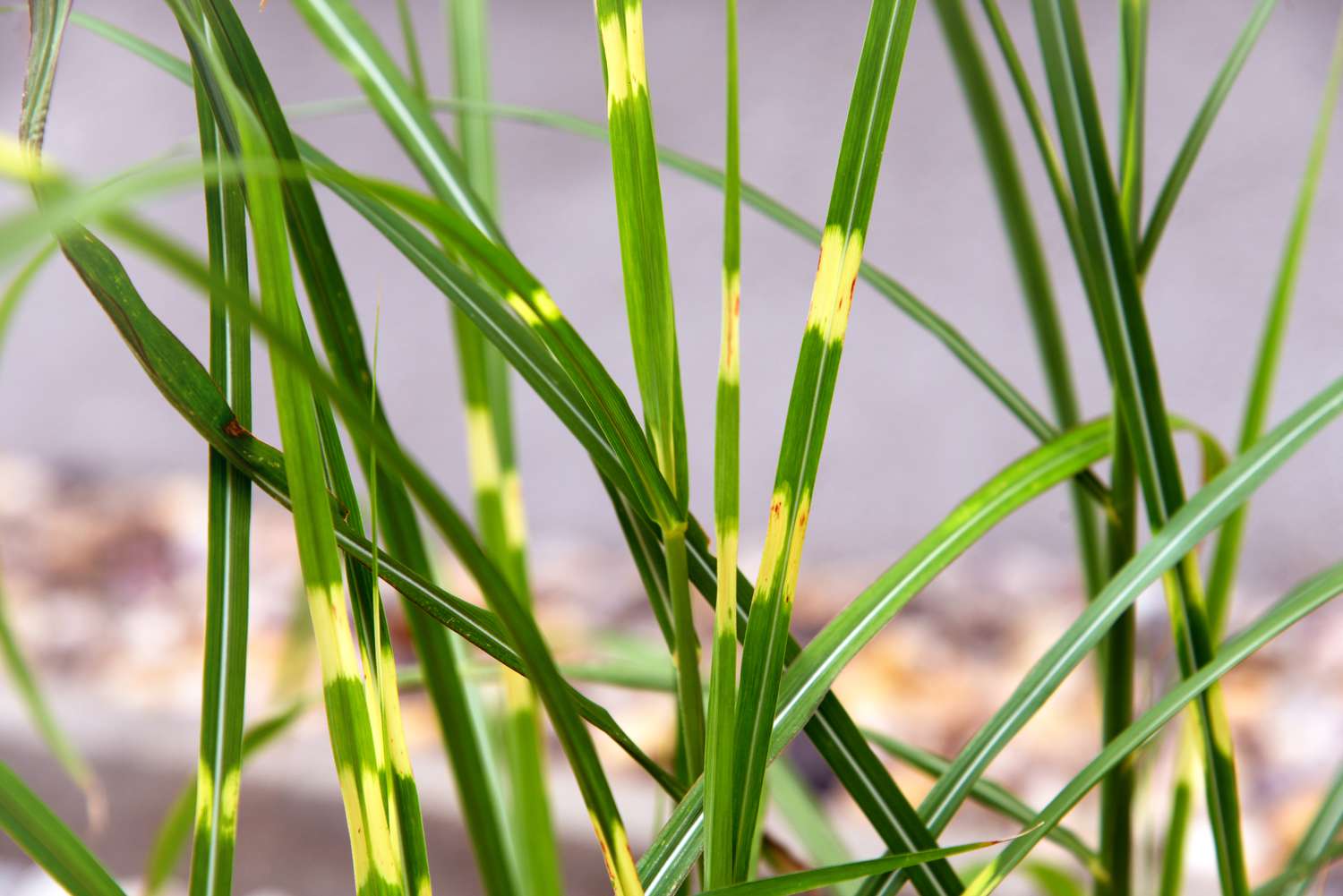
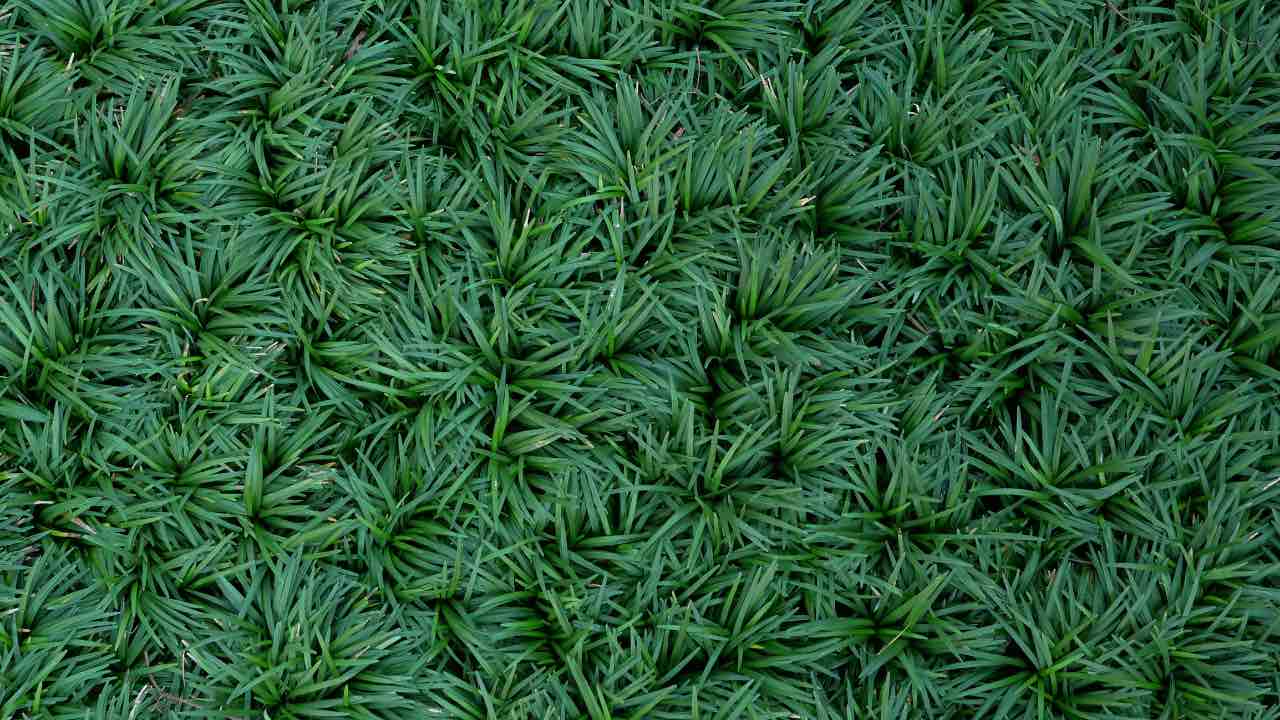
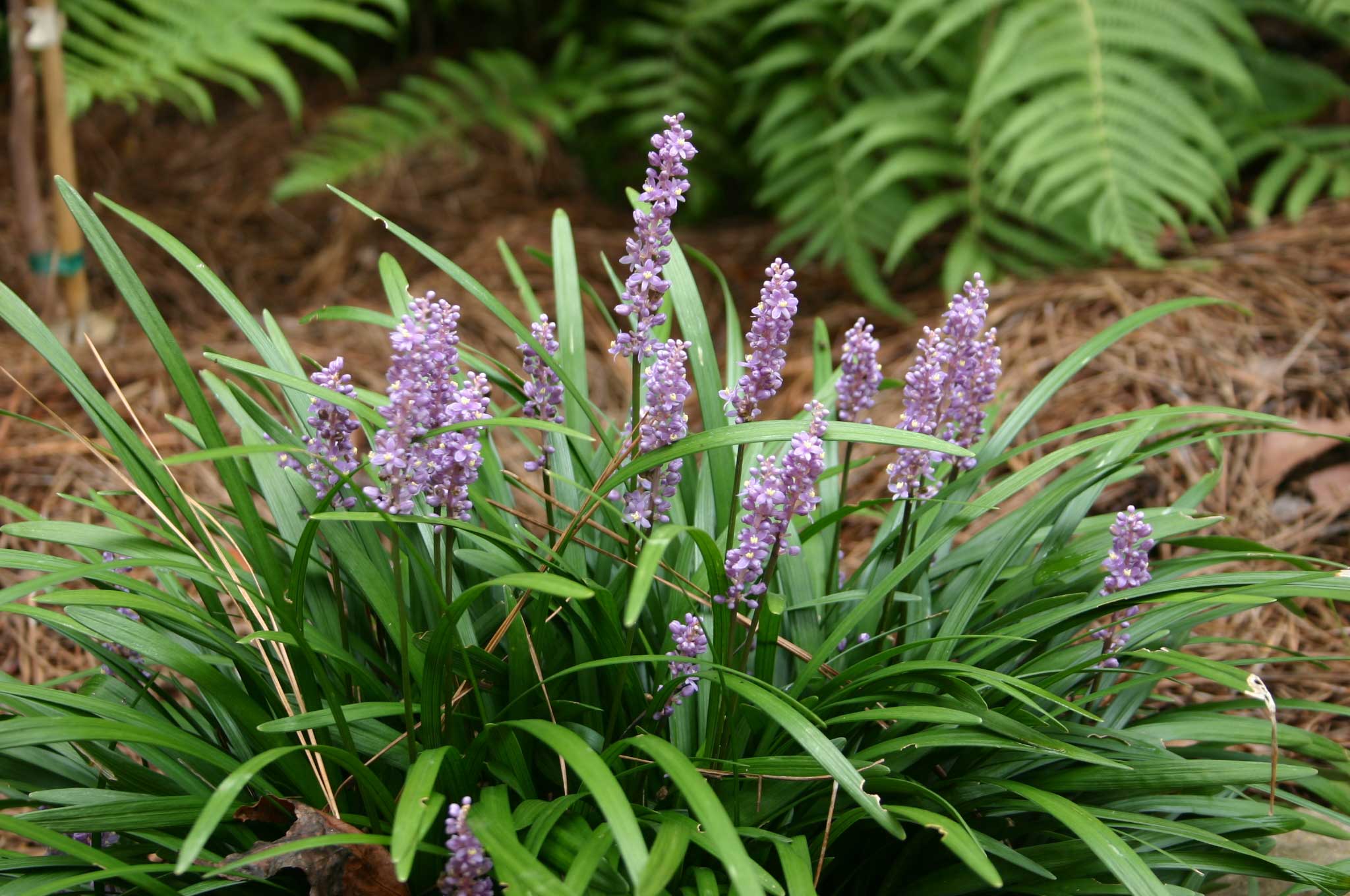
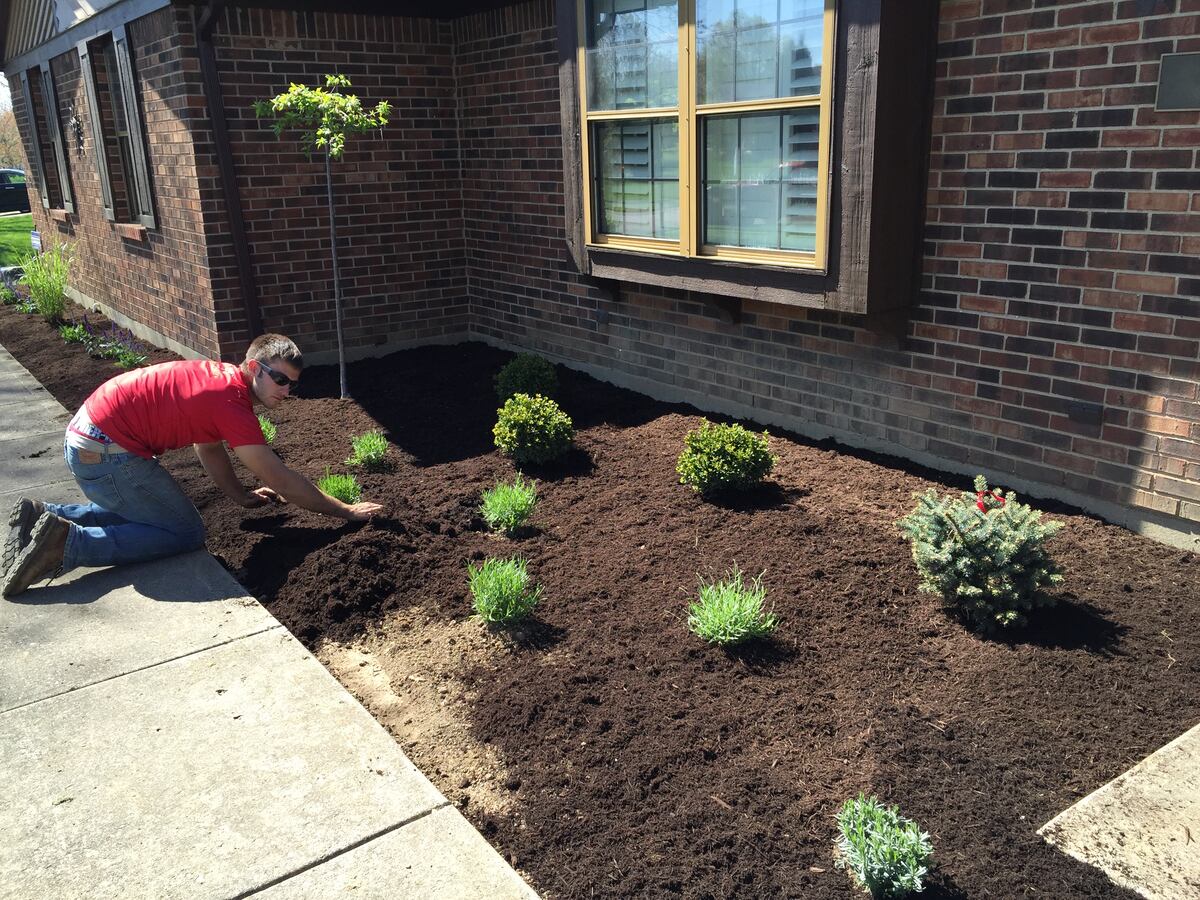

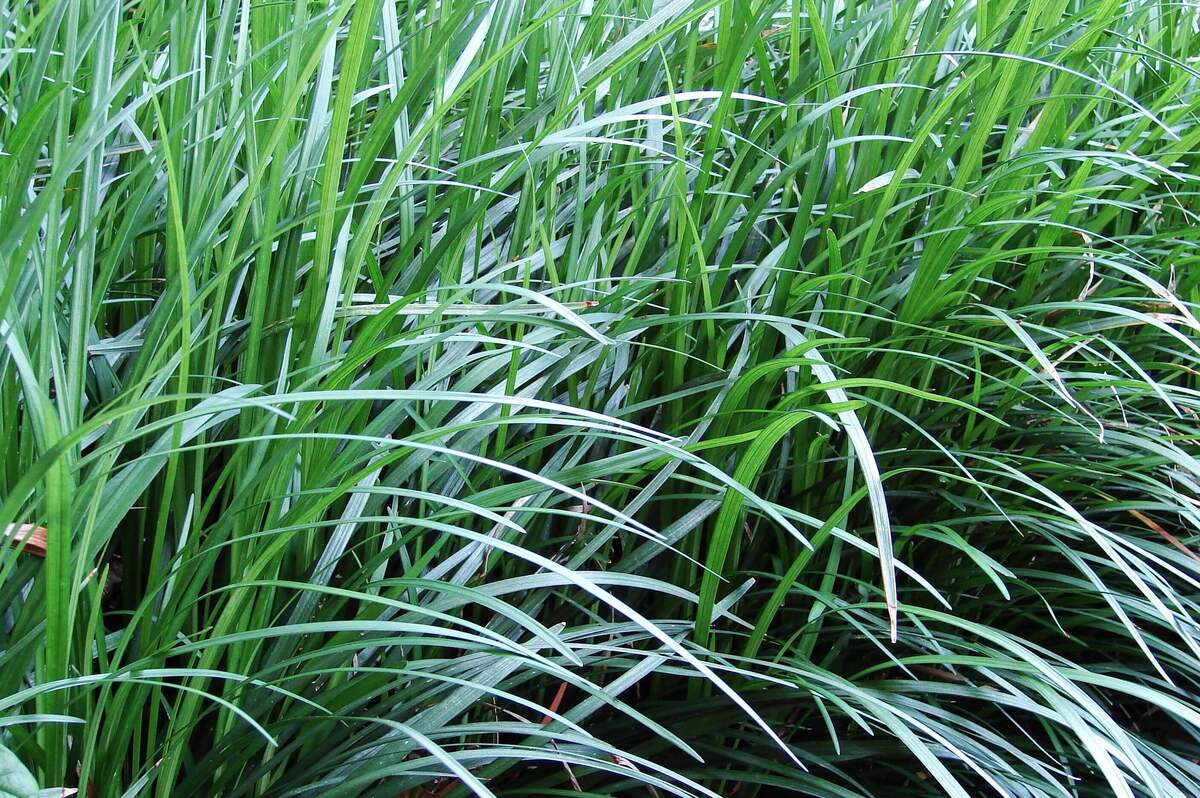
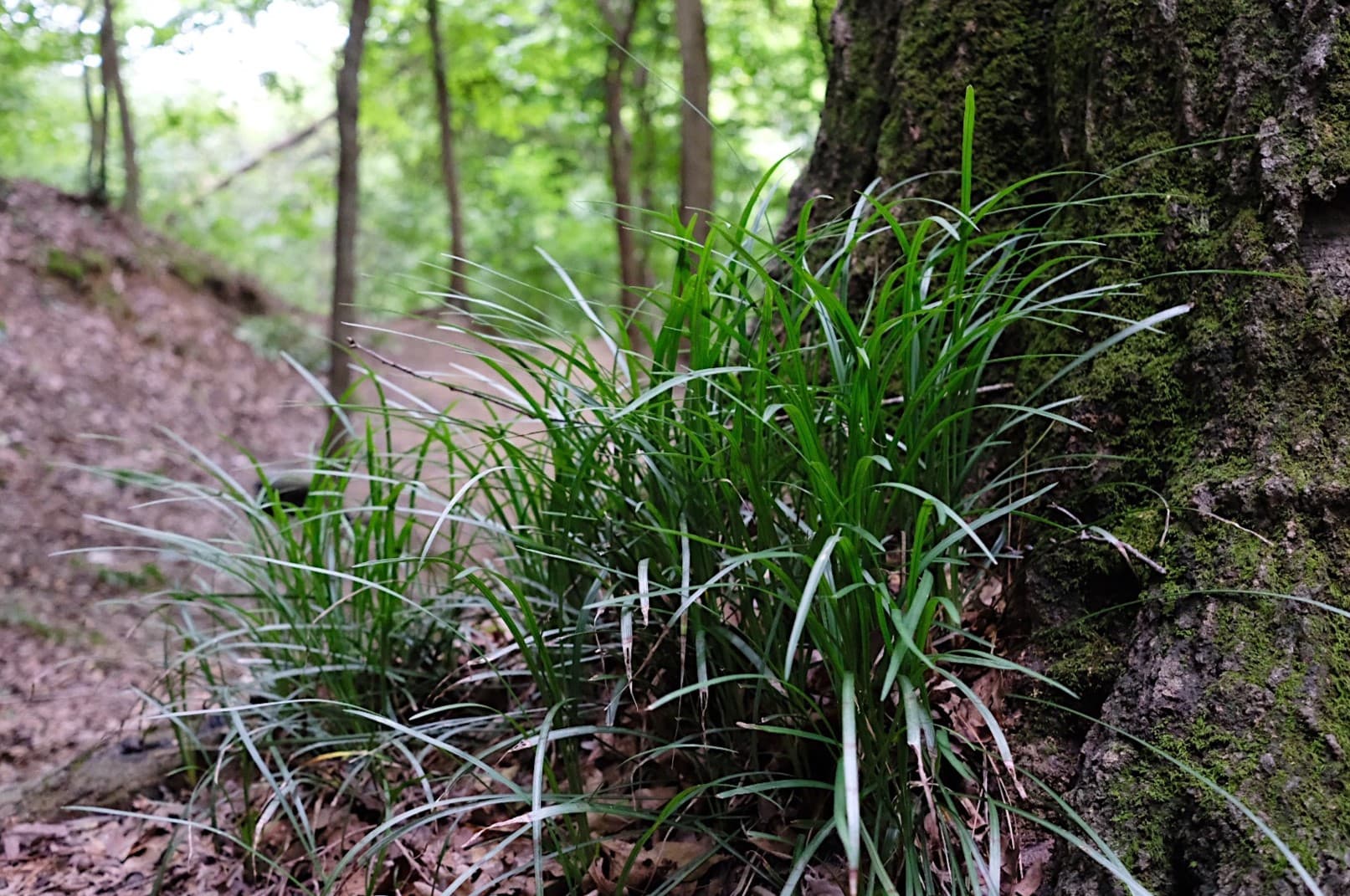
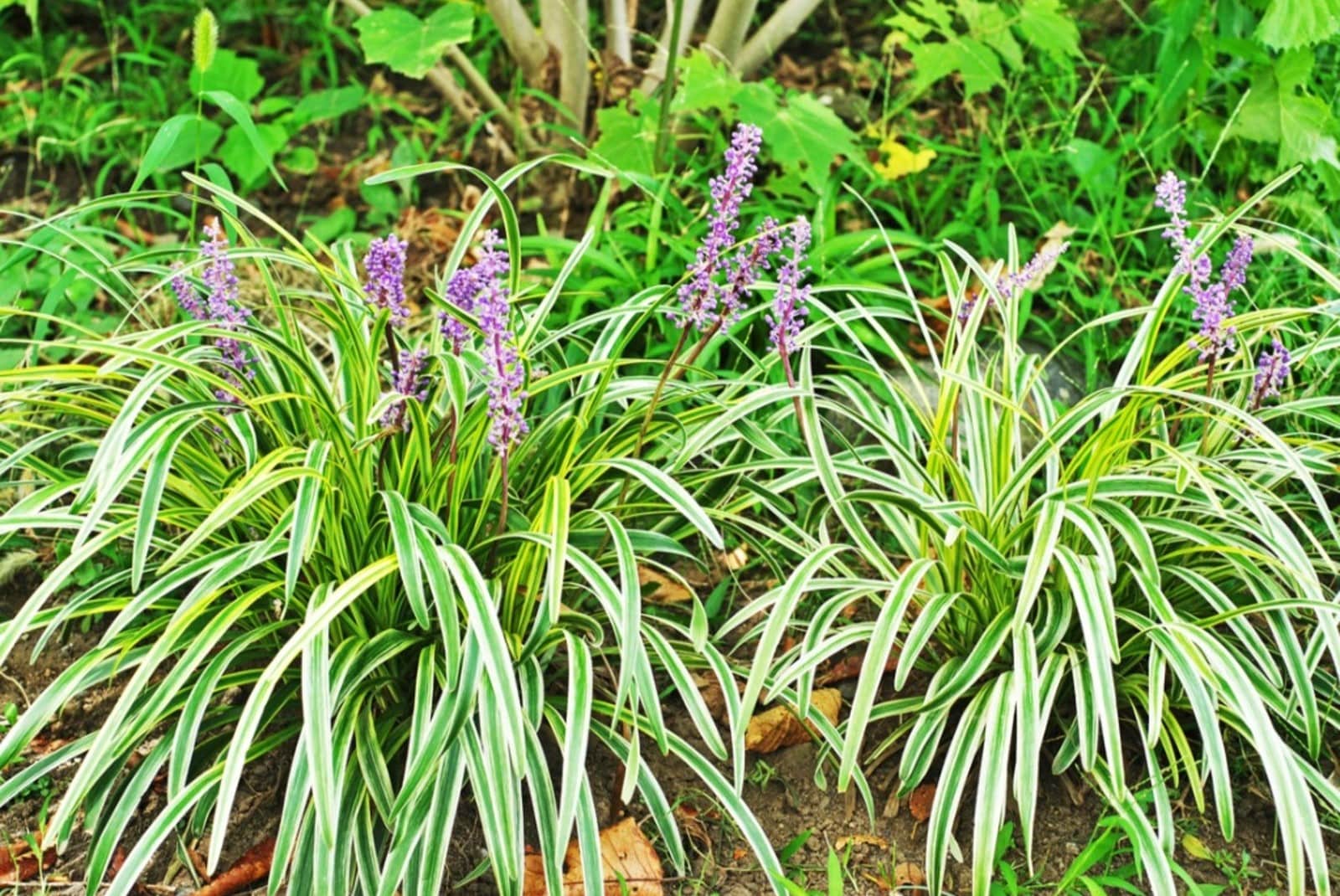
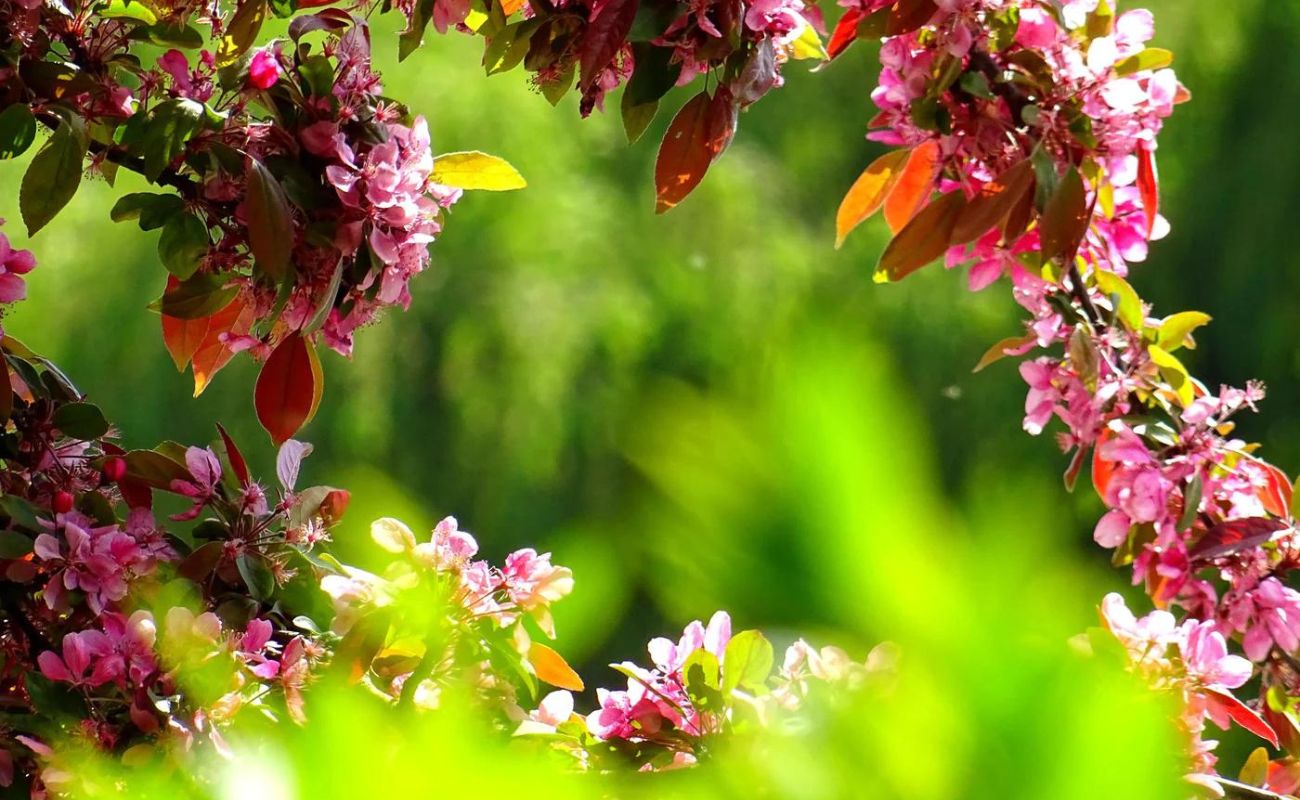
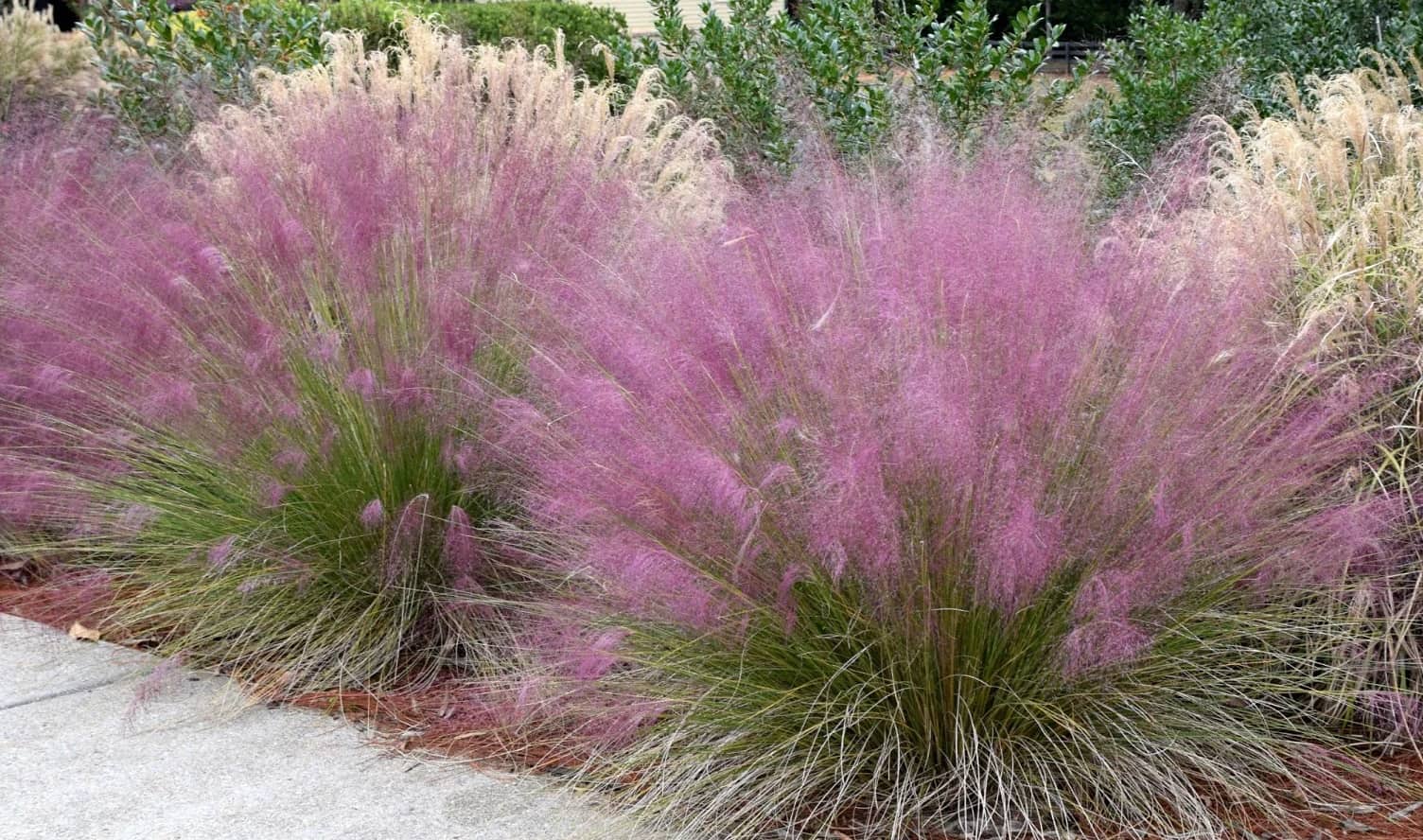
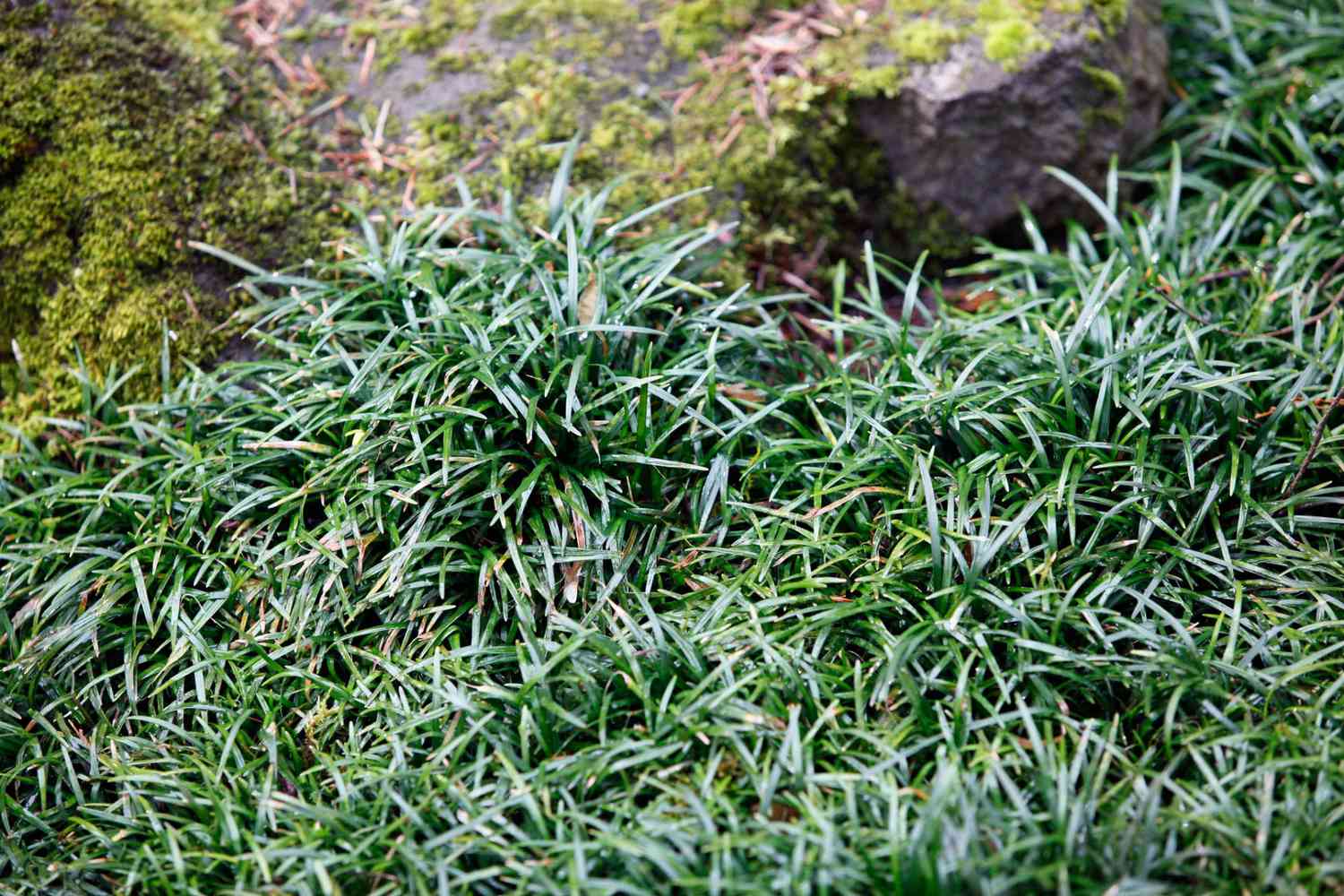

0 thoughts on “Where To Plant Monkey Grass”